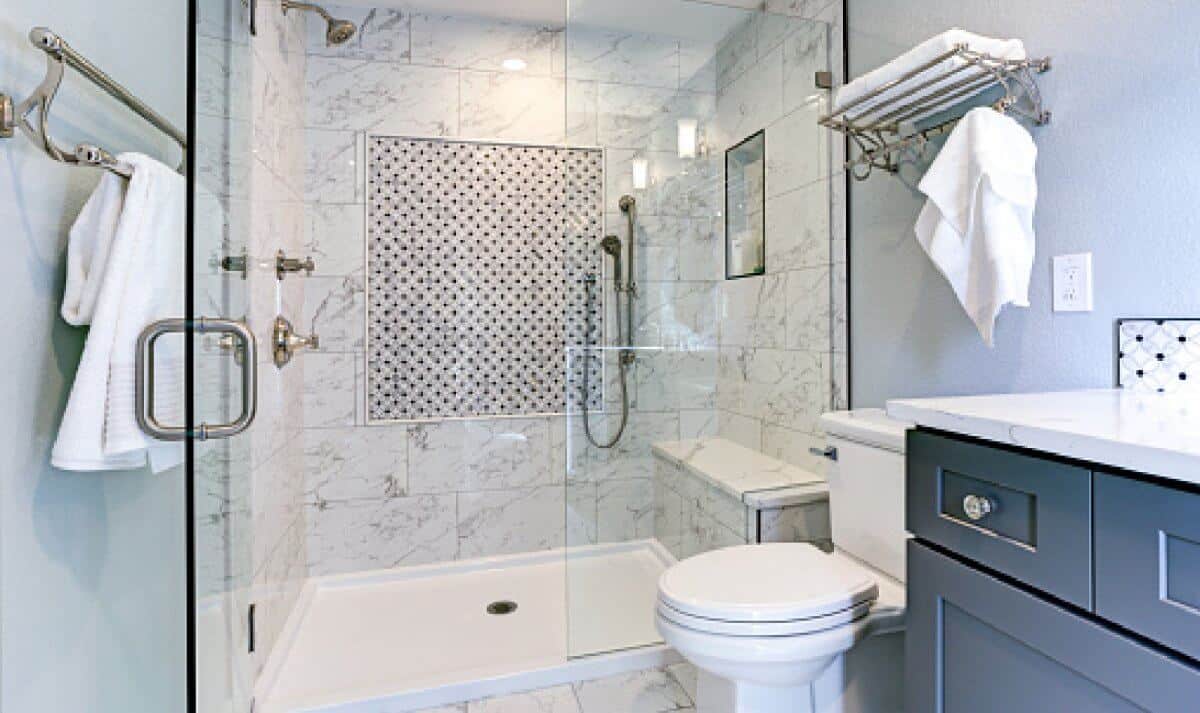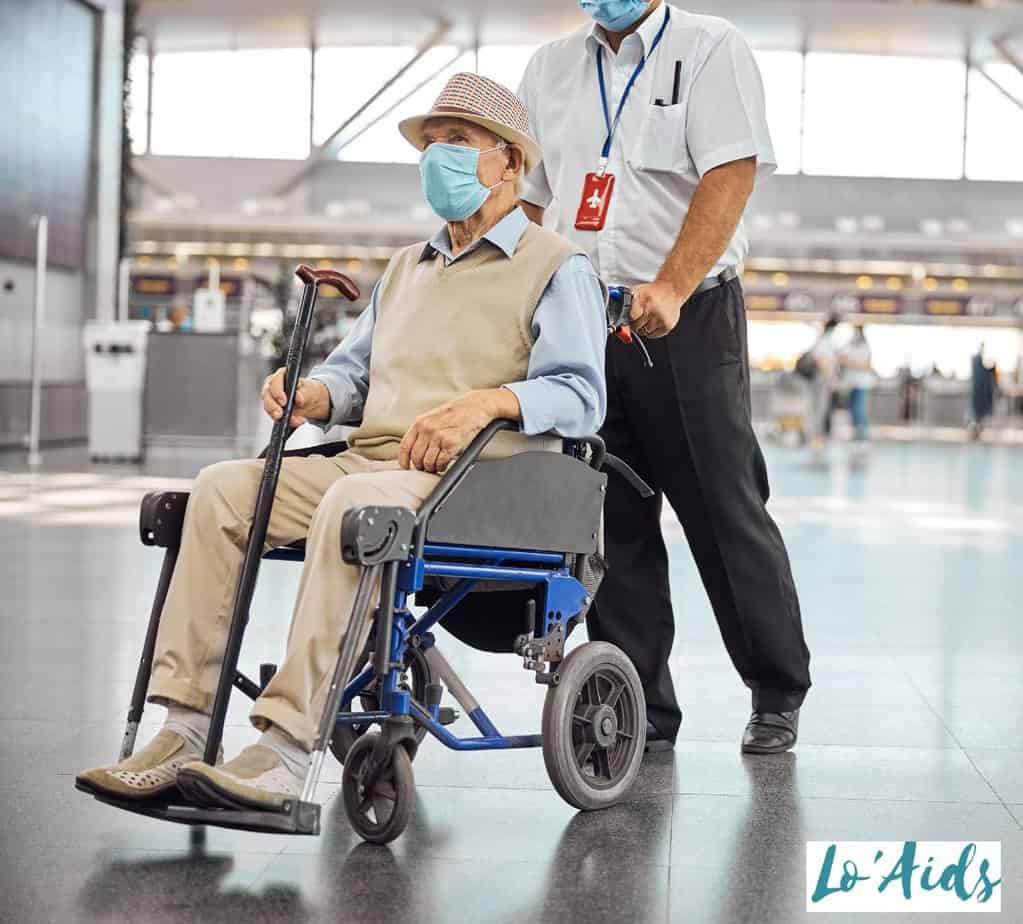You got the gift of the year, swapping your good old standard walker with a super fantastic wheel-powered and then went to bed wondering: how do rollator brakes work?
According to the MHRA, your roller’s breaks(cheap or not) do not protect you from sliding! (1)
Brakes have the following purpose: to reduce the speed of your wheel, resist a wheel’s motion, and stop it from spinning. (2)
Now that you have caught a glimpse of the brakes’ awesomeness, keep scrolling to learn how roller brakes work…
Table of Contents
Key Takeaways:
- Roller brakes DO NOT prevent slipping on the wrong terrain.
- The main parts are the brake shoes, the brake drum, and the rollers.
- The brake cable system presses on the rear wheels to stop the motion.
How Do Roller Brakes Work?
Already intrigued by the question, “how do rollator brakes work“? You bet!
Roller brakes, also known as rollator brakes, are meant to stop your movement whenever you wish.

How do you think all those Olympic cycling athletes get to stop so quickly without getting rickety?
Yes, they may use their motion partly, but they’d be history without proper brakes.
Now, talking about roller brakes will only get us that far. You also need to know a bit about the term: mechanics(a fancy way of saying “how things work.”)
Let’s start slowly:
Do you remember as a kid how you used to love spinning stuff and putting your hand over or inside it?
You may even have covered your hand with a little pad when you felt that slight burn (heat build-up) as you gripped the twirling object.
Guess what? You simulated a brake system.
Rollator brakes (in contrast to other brakes such as disc brakes, V brakes, or hydraulic brakes) consist of either a push-down or a cable loop brake.
If you have a push-down brake system, you can stop the rollator by pushing it down.
For the cable loop, you can squeeze the handles. These handles are connected to levers that engage the wheel ― pressing or releasing it (see this spellbound tutorial on how to use a rollator walker):
Please caution against exerting too much pressure per weight you put on the handlebar!
It would help if you learned how to brake and balance properly before any fancy derivatives.
So it’s crucial to know how brakes work, especially if you brake for safety reasons, such as loose surfaces, pavements, and inside houses.
The procedure is no different whether you have a walker with only front or rear brakes!
Don’t forget to check out the best upright walker for outdoor use.
Locking The Wheels
Here’s how you can convert your walker from walking or rolling mode to standing still or simply parking mode.
You’ll have to release the brake levers by pulling up on them, in which case, the wheels will become functional again.
Instead of doing what you do with brakes generally: pulling the lever brakes up, pull them down. Now your wheels are locked — good on you!
This trick is handy when you lose control of your walker, especially if you live near or are visiting a place with steep hills or slopes.
You can also use the brakes if you want to turn.
Each brake corresponds to its wheel. The left brake stops the left wheel, whereas the right brake stops the right wheel.
So, if you want to turn to the right, pull up on the right brake. If you suddenly need to turn left, do the same and pull up the left brake.
This secret move will ensure you don’t fall to the ground during braking or other accidents.
CHECK: How to Tighten Brakes on Rollator Walker
Adjusting The Brakes
Given that many walker manufacturers add unique features to their products, it’s likely that you can adjust your brakes if need be.
Although you might need to check the instruction manual for this, most brakes more or less work the same way.
You will need to locate the adjustment screw. You can find this on the hand brake.
You’ll find a nut on the brake adjustment; loosen this nut, and the adjustment screw will begin to move.
If you want to tighten them, move the screw counterclockwise. But if you want to make them looser, go clockwise.
A Few Tips For Safety
Do you know what they say about a bicycle without brakes? The same goes for your rollator!
Although bicycle riders get brake shoes and think of the brake pads on their bicycles, you need to wear shoes with low heels and more friction when you walk.
Technically, your footwear corresponds to being your brake pads!
And do not forget to lock the wheels when you’re not using the walker, whether sitting down or standing up.
Let me tell you something about worn wheel rims:
Worn-out rims, primarily due to prolonged exposure to the sun, can damage your wheels and potentially lead to accidents.
Some future advanced prototypes might come with rim brakes and drag brakes, primarily due to the Paralympic games.
As for posture, you must maintain good posture. You can do this by taking smaller steps. Larger steps will force you to hunch and potentially increase the possibility of back pain.
What’s more, when you turn, like I’ve shown you above, stay close to the walker. Don’t twist away from it.
This procedure might take some practice, especially if you’re new, but I’m sure you’ll get the hang of it!
Sometimes it helps to invest in friction wheels, so you don’t go overboard due to a lack of friction. This, of course, can also be improved by getting shoes with more grip.
Lastly, as I’ve stated above, consider investing in or researching frictional wheel products if you live near or have to be close to steep areas.
READ MORE: Are Walkers for Elderly Safe?
FAQs
How do you lock the brakes on rolling walkers?

Push down on the levers or handles. You might hear a click that signifies locked brakes.
But if the rear wheels are still moving, a professional must check your walking device out, as it might be unsafe.
Can you push yourself in a rollator?
You’d have to get a wheelchair instead of a rollator or walker with a seat. You can sit on either if they have a seat, but do not let the design dictate how you push yourself!
How do you slow down the wheels on a walker?
Do this by slowly squeezing the brakes, but not squeezing all the way. Effective brakes will slow down immediately.
However, this also depends on whether the walker has wide tires.
Conclusion
How do roller brakes work? Well, I think you know the answer now!
Lots of factors come into play: Do you have wide tires? Then, the brakes will work harder to stop that disc!
Besides, your terrain matters: Steep slopes can be challenging and generally uneven, so please be careful.

And last but not least, please let me know if you have any other tips or techniques to improve your experience with walkers in the comments below!
Resources
- 1. Guidance on the Stability of Wheelchairs [Internet]. 2004. Available from: https://unece.org/fileadmin/DAM/trans/doc/2004/wp29grsg/GRSG-ig-access-03-10.pdf
- 2. Braking – Energy Education [Internet]. Energyeducation.ca. 2018. Available from: https://energyeducation.ca/encyclopedia/Braking





